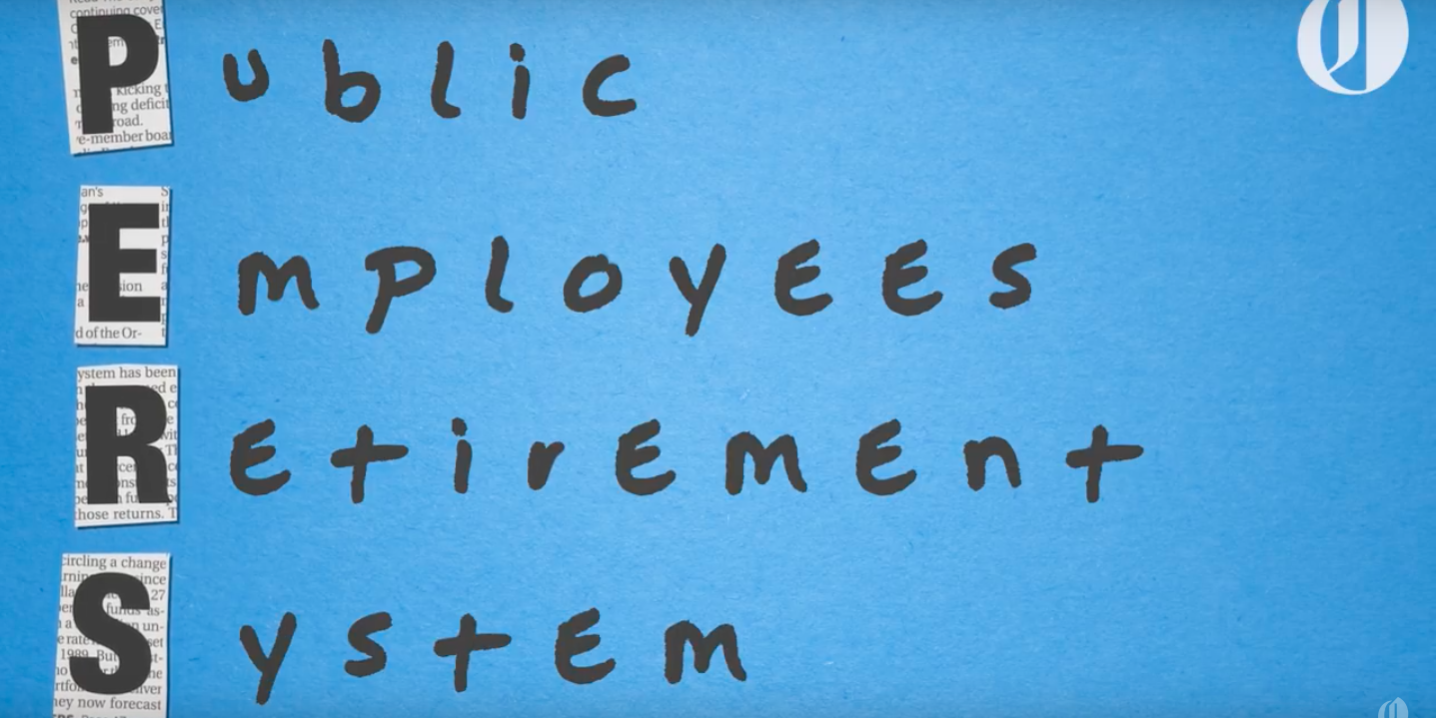(First in an occasional series)
The most frequently asked questions about the financial fiasco in Oregon’s public pension system are: What happened? Why did it happen? Who created this mess?
Public employee unions like to blame the Wall Street bankers who helped trigger the 2008 global financial crisis. The resulting stock market meltdown cleaved 27 percent off the value of the pension fund’s investments, and its funded status tumbled from nearly 100 percent to about 70 percent.
Their other go-to scapegoat is public employers, because they’ve failed to make adequate contributions to fund the benefits they’ve promised employees.
At the other end of the spectrum are the critics who blame the Public Employees Retirement System’s overly generous and unsustainable benefit levels. They see featherbedding by politicians looking to benefit constituents and themselves, self-dealing by public employees in charge of the pension board, irrationally exuberant economic assumptions…
The list goes on, and the fact is there is some truth to most of these explanations. Moreover, there’s no solitary political culprit, as Republicans and Democrats both had a hand in creating the problem. No matter how you look at it, the underlying reality is the same: The PERS funding deficit is now structural, experts say. There’s a fundamental imbalance between contributions and benefits, and the hole that took decades to dig won’t be backfilled by another stock market boom, as the last nine years attest.
With that in mind, posted above is a brief video primer on the key events leading up to the state’s $22 billion pension deficit – an amount roughly equal to Oregon’s general fund or about $15,000 for every household in the state.
By the way, the video uses a teacher as an example, but this is not a problem created by teachers, or any particular class of public employees. They just happen to be the largest group of employees with similar jobs, and school districts pay some of the highest contributions to cover their employees.
It’s also important to note that 2003 PERS reforms eliminated the use of the system’s infamous money match formula for newer employees, and made other changes that are gradually reducing pension benefits to the neighborhood that lawmakers originally intended: 50 to 60 percent of final salary for career employees.







